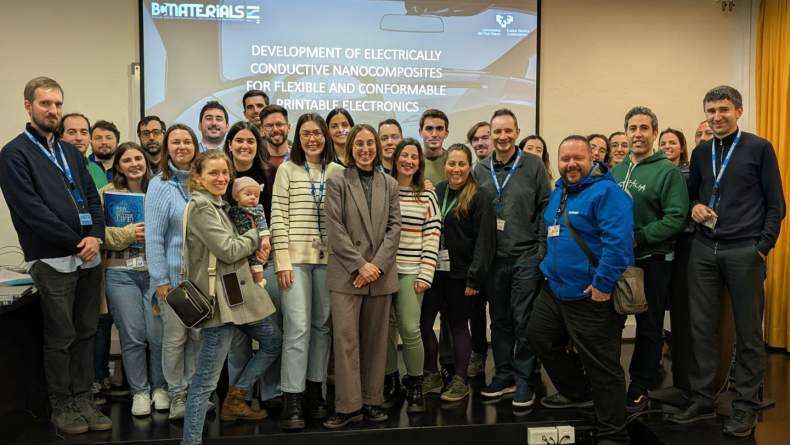BCMaterials invited talks: Dr. J. Segura-Ruiz

J. Segura-Ruiz European Synchrotron Radiation Facility (ESRF). Grenoble, France
Materials with technological and industrial applications are continuously evolving in terms of size, structure, properties, fabrication processes, etc. This continuous evolution requires advanced characterization techniques to better understand and further improve the properties and performances of the emerging and well stablished materials and technologies. With the increasing complexity of the characterization needs from the Materials Science community, the advanced instruments and techniques provided by synchrotron installations plays an important. The ID16B beamline at the European Synchrotron Radiation Facility (ESRF) is a nanoprobe that provides a focalized (down to 50x50 nm2), intense (up to 1012 ph/s), hard Xrays (up to 34 keV) beam. ID16B offers several characterization techniques: X-ray fluorescence, X-ray diffraction, X-ray absorption spectroscopy, X-ray excited optical luminescence (XEOL) among others. The various methods available, the possibility of using them simultaneously and the capability to install different types of samples environments, render this beamline a unique characterization tool especially for materials looking to develop new micro- and nano-devices. In this talk I will describe in detail the main characteristics and the experimental setup of beamline ID16B. I will present some examples of the results obtained from the multi-technique characterization performed at ID16B illustrating the potential of this beamline.
 J. Segura-Ruiz
European Synchrotron Radiation Facility (ESRF). Grenoble, France
J. Segura-Ruiz
European Synchrotron Radiation Facility (ESRF). Grenoble, France
Dr. Jaime Segura Ruiz obtained his Ph.D in Physics from the University of Valencia - Spain in 2010. He started a 3-years postdoc at the ESRF, The European Synchrotron – in the nanoprobe beamline ID22 in 2010. In 2013, he joined the Institut Laue Langevin (ILL), The European Neutron Source, as Industrial Liaison Engineer. In 2015, he started working on the design and construction of the D50 instrument – providing neutron imaging and reflectometry techniques to industrial and academic research – and became the scientist responsible of this instrument until April 2018. Since then, he is the scientist responsible of the nanoprobe beamline ID16B at the ESRF. Dr. Segura has a large expertise in advanced structural and chemical characterization of nanostructures and nanomaterials with Neutrons and Synchrotron Radiation techniques. His research work focuses on the physical characterization of semiconductor micro- and nano-structures, as well as micro- and nano-devices using synchrotron radiation techniques such as X-ray fluorescence (XRF), X-ray diffraction (XRD), X-ray absorption spectroscopy (XAS), X-ray excited optical luminescence (XEOL) among others.
Related news
Meeting of the new BCMaterials Board of Trustees
On April 1st, BCMaterials facilities held the center’s new Board of Trustees meeting. The Board reviewed BCMaterials overall situation and examined the results and activities reported in the 2024…Track the Twin: Digital Twins to Improve Quantum Dots
The Marie Curie doctoral network "Track the Twin," in which BCMaterials is participating, is already underway. This project aims to enhance the long-term performance of quantum dots through the…Maibelin Rosales, in the Periodic Table of Chilean Female Scientists
We would like to congratulate our Marie Curie postdoctoral researcher, Maibelin Rosales, for being selected as one of the 118 researchers recognized in the Periodic Table of Chilean Female Scientists…Esraa Sewlam and Lía Campos, New Doctors of BCMaterials
We would like to extend our sincere congratulations to pre-doctoral researchers Esraa Sewlam and Lía Campos Arias for obtaining their PhDs in Materials Science and Technology from the UPV/EHU.…



